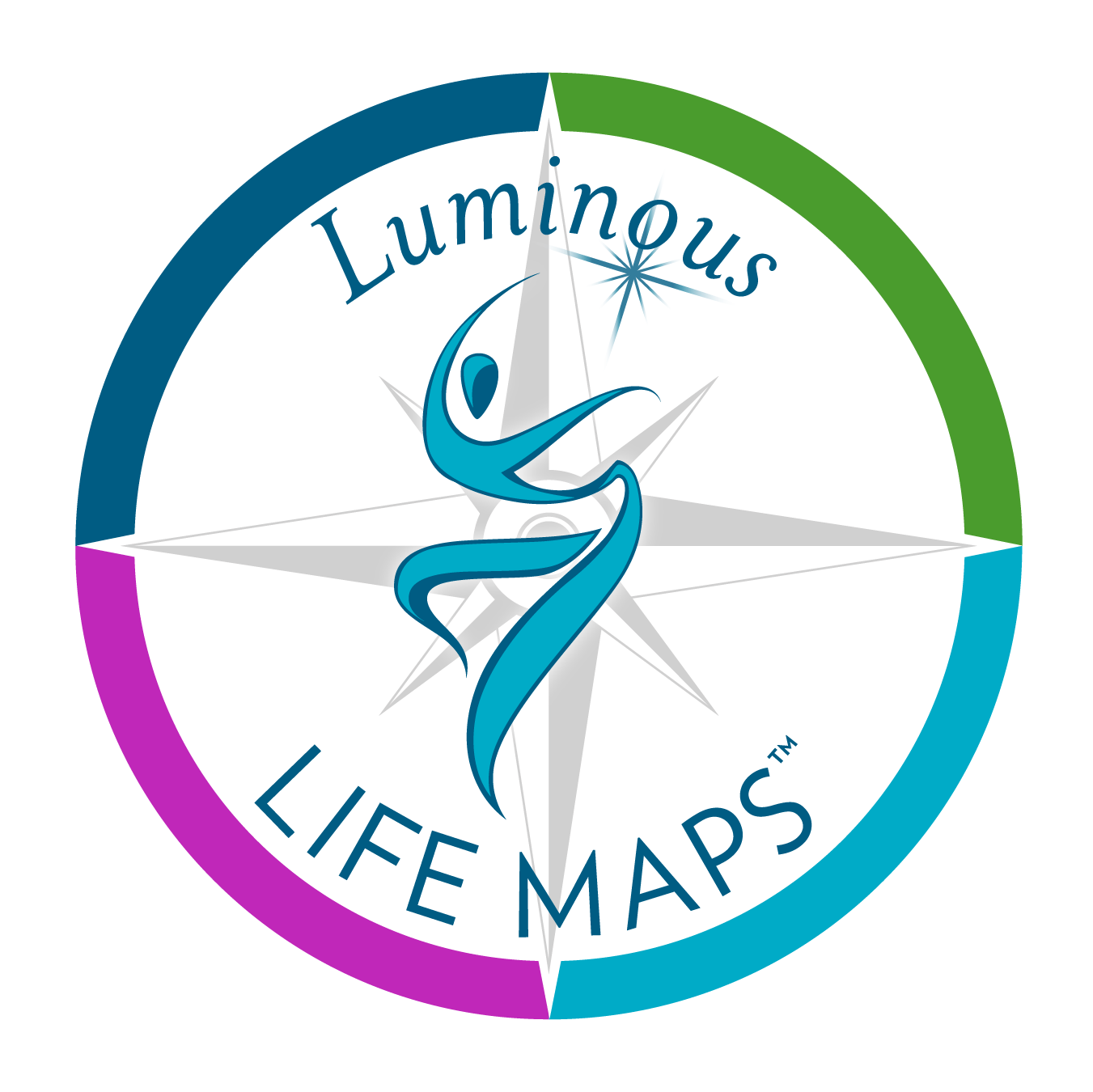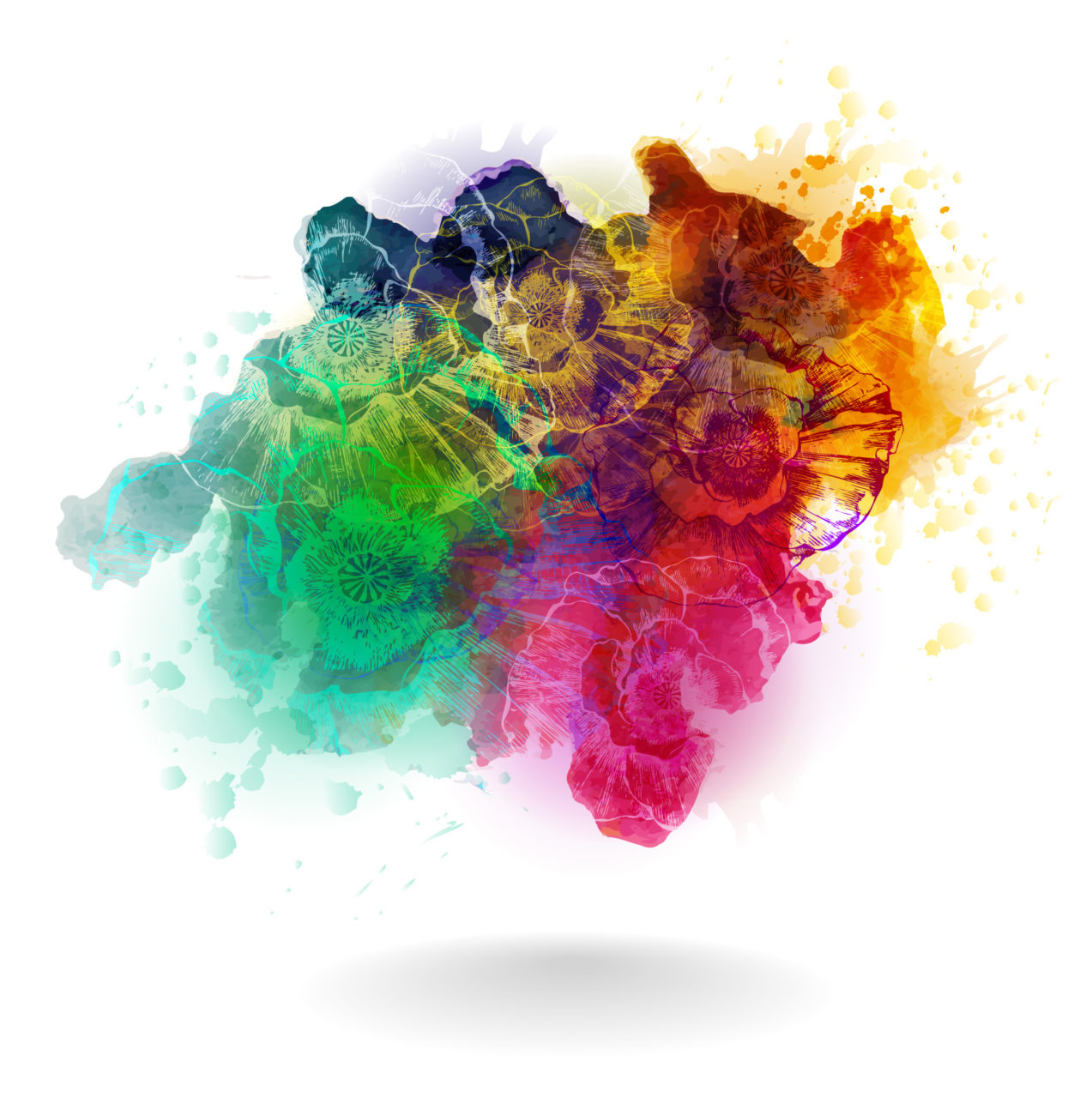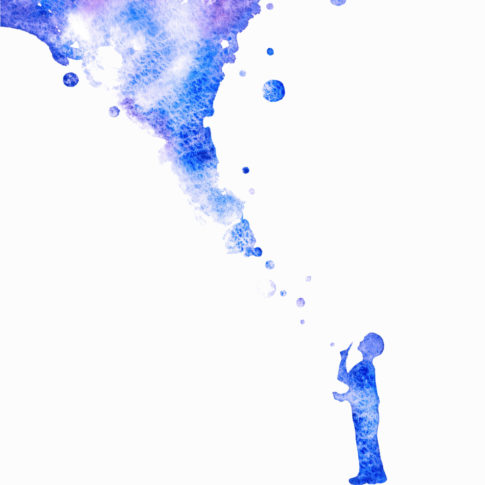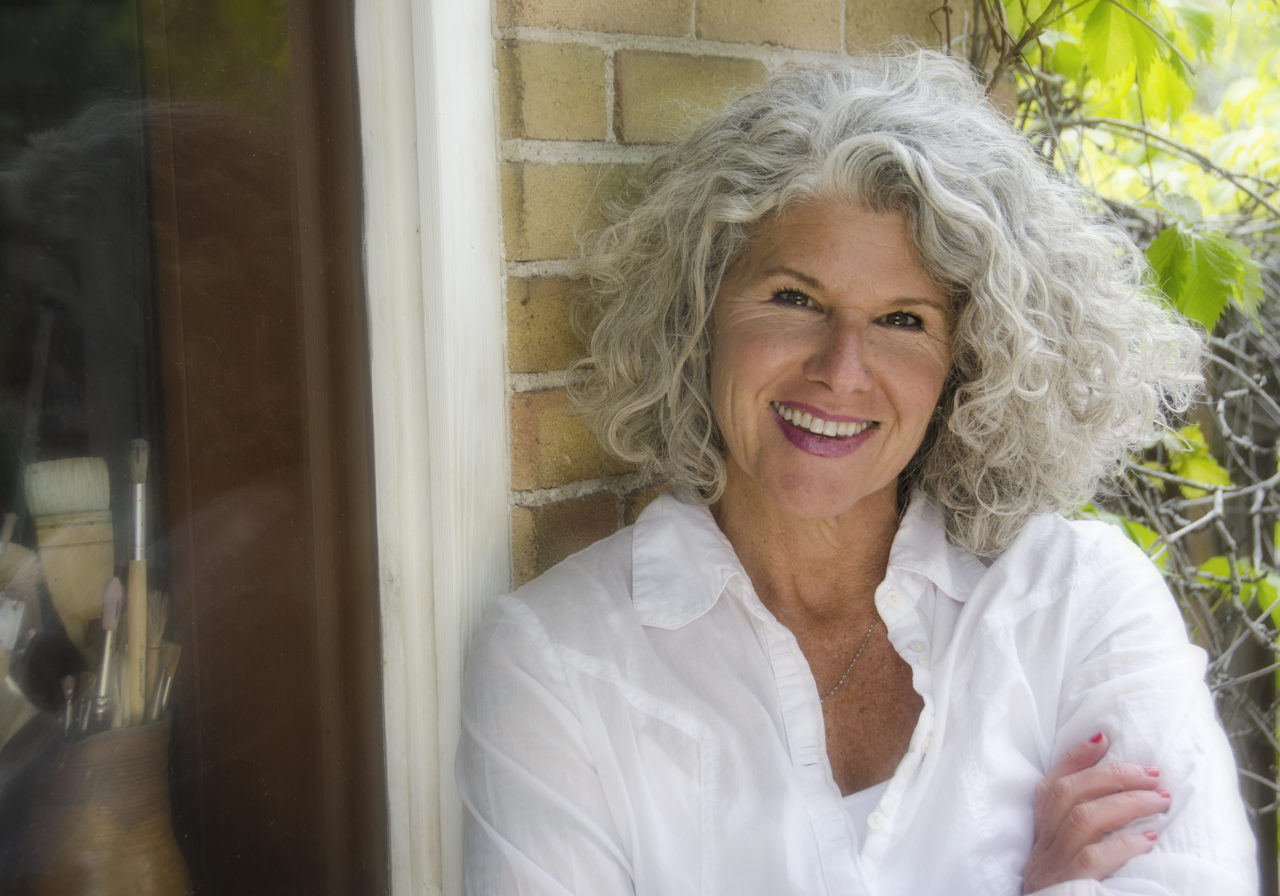RESEARCH BEHIND THE ADVENTURE
TOOLS TO BUILD EMBODIED CAPACITY AND IMAGINAL FLUENCY FOR BRAIN CHANGE
ABSTRACT
Click Here to Download Full Article
This paper highlights a synthesis of evidence based practice which create an experiential and integrative way to work with a wide variety of issues that face us as humans, from a non-pathologizing and Soul centered perspective. It also lends itself to a clinical mental health perspective, addressing issues from acute to chronic, including addiction recovery, issues of development, adjustment and transition. The unique emphasis of supporting clinicians to work with trauma and a wide range of mental health issues by linking brain and Neurocartiology research with the more Soul centered invitation that Art Therapy, movement, embodied awareness, guided visualization and expanded states of consciousness brings is the corner stone of this work, which we have called NeuroImaginal practices prior to 2016. This paper is heavily focused on the application of NeuroImaginal practice to clinical practice. The roots of NeuroImaginal practice are interwoven with the refocused work of Dr. Shannon Simonelli in the broadly accessible Luminous Life Maps System.
Additionally, the paper makes the point that beginning with one’s direct experience and building capacity for one’s own personal content, from the inside-out, allows clinicians to foster both better self-care and expanded capacity in client care. This inside-out way of learning, in Dr. Simonelli’s Luminous Life Maps System is applied to training professionals through the Become A Guide certification track for both clinicians and lay people to become certified. Guides in training learn to draw from their own lived experience as they navigate the Luminous Life Maps System, using NeuroImaginal practices, and then learn ‘how to’ skills to apply this to their current scope of practice, helping service or healing business. This expansion in skill building includes experientially based work but also fosters expansion in the lay person or the clinician’s ability to be with those they serve by increasing their ability to be with themselves through expanded capacity for presence. Learning through experience and applying to one’s general well-being practice helps to develop an expanded capacity for meeting the ups and downs of life or one’s inner turmoil from a place of greater access to one’s wholeness and then drawing on this well of expanded embodied resource in serving others.






